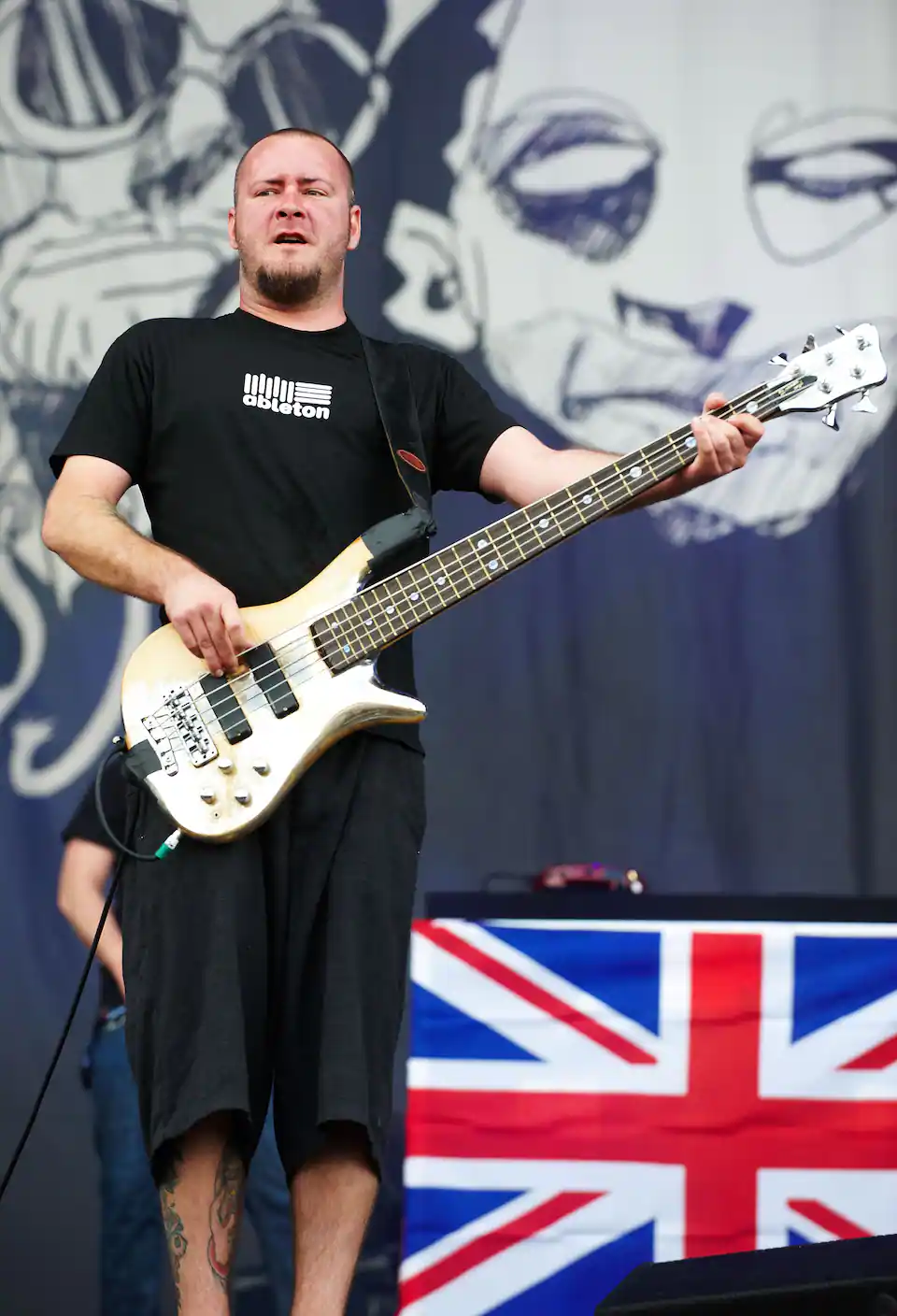Copyright National Geographic

The Black Death rightfully stands top of mind among historic plagues. Yet there was an odder malady that also swept across medieval and Renaissance Europe: the dancing plague, also known as choreomania. It saw large groups of people dancing for prolonged periods in an erratic, frenzied manner, seemingly unable to control their movements or stop moving to the point of collapse, with some dying as a result. Groups ballooned into the hundreds as the ostensibly contagious affliction spread. Dozens of such incidents have been cataloged around the world between the 7th century and the 19th century, peaking in Europe between the 14th and 17th centuries. “The spectacularity of choreomania is something that's hard to fathom in modern times,” says Kathryn Dickason, a medieval dance scholar who has penned multiple papers on the topic. “What befuddled clergy then, and what still fascinates modern readers today, is that this happened to so many people; that maybe it was contagious. The sheer collectivity of it makes it into a spectacle,” she explains. The dancing plague case that has most captured the public’s imagination is the one that gripped the small town of Strasbourg, Alsace, in the Holy Roman Empire (modern-day France) in the mid-1500s. It’s the instance we have the most information about, as multiple contemporary accounts survived. Here’s the history behind this eerie phenomenon and the leading theories as to why this European town danced until they died. What was the dancing plague? On July 14, 1518, in Strasbourg, on the narrow-cobbled street outside her half-timbered home, Frau Troffea was reportedly seized by spasmodic, convulsive movement, and continued dancing uncontrollably all day until she collapsed. Her husband begged her to stop, but Troffea began dancing again the next day on swollen, bloody feet. Over 30 people had joined her by week’s end. Within a month, the mob was 400 strong. Some accounts noted several dancers died of heart attacks, exhaustion, or starvation each day. In September 1518, the city council transported the dancers to the shrine of St. Vitus for divine healing, and they were apparently cured. LIMITED TIME OFFER The incident was a sensation in its own time, enjoying six chronicle accounts and inspiring works of art, like engravings. Later, Dutch master Pieter Brueghel II depicted dancing mania in his 1592 painting “The Saint John's Dancers in Molenbeeck.” What’s fascinating about Strasbourg is the lush detail that plays like a suspense-filled horror movie. “There’s a lot of tantalizing details. You have names, you know her husband’s not afflicted,” says Dickason. “You have people joining in and dancing with her, bleeding feet. It’s very dramatic.” But the most scintillating element is that despite all this detail, we still don’t know why it happened. What caused the dancing plague of 1518? The incident in Strasbourg and others like it were generally viewed as supernatural in origin because of the deeply held religious and superstitious beliefs of the time. It was either a curse enacted by saints angry their festivals had been corrupted by paganism, demonic possession, or divine punishment of sins. “The treatment of continual dancing belonged to the church alone,” explains Lynneth Miller Renberg, associate professor of history at Anderson University. Modern scholars have put forth plenty of theories, however none are definitive. Did fungus poison food crops? Were these epidemics of encephalitis, epilepsy, or typhus? While encephalitis, typhus, and epilepsy can both cause temporary erratic movements, none cause what could be described as uncontrollable dancing. In the 1950s, Swedish pharmacologist Eugene Louis Backman floated the idea that a psychotropic fungus called ergot was to blame for poisoning the town's crops. He suggested the series of floods this area of Europe experienced at the time meant moisture-loving ergot would easily have infected food grains. What’s more, “the ergot in rye induces hallucinations, agitation, intensely colored vision and increased susceptibility to external influences (such as rhythm, which initiates dancing)," Dickason explains. However, rye was not a key food source everywhere choreomania events were recorded, making the ergotism theory incomplete, says John Waller, a medical historian at Michigan State University. Another problem is that there are no reports of blackening of the arms and legs due to gangrene as is commonly seen with ergot poisoning. So far, the most promising theory to explain Strasbourg’s choreomania was posited by scholars in the 1980s: mass hysteria. Dickason argues these hysterias coalesced as a result of mass upheaval, and Renberg asserts ritualized religious behaviors also played a key role. The dancing plague of 1518 was one of a series of “calamitous events to befall Strasbourg's residents in the early 16th century,” Renberg explains. Floods, unusually extreme temperatures, bubonic plague, even “strange heavenly portents of doom, such as the 1492 comet, led to apocalyptic expectations and civil unrest." Three years of famine in the years leading up to 1518 prompted peasant uprisings amid many deaths from malnutrition. And the dancing began in mid-July during an extraordinarily hot summer. (The Black Death was one of history’s deadliest plagues. Here’s why.) “This is a period of a lot of change: the rise of the middle class, peasants rebelling, famines, floods, the rise of science, witchcraft persecutions, the black plague,” Dickason explains. She views choreomania as a collective mourning response and a way to process the chaos they found themselves in. “The human body carries the pain and trauma of upheaval,” she theorizes. “And if you don’t fully wrestle with that, it gets sedimented into your sinews and takes an outward expression.” Dickason explains gender and class issues were also likely at play in these choreomania events, especially in later incidents like the 1518 one. Witch hunts of this era largely accused peasant women; not uncoincidentally, they appear more often as victims in these later choreomania cases. Should we keep searching for an answer? These episodes of choreomania still captivate us because they are both familiar and strange. But there’s a lot we may miss when investigating choreomania through a purely modern scientific lens. Renberg says there’s danger in fixating on causation. “We get so caught up in trying to figure out how the choreomania happened that we tend to ignore the much more interesting question of what these mania meant in their own time,” Renberg says. “Why did the people who recorded these accounts emphasize what they did, and what does that tell us about their perceptions and what they found important?” Renberg says these questions help us move beyond seeing these phenomena as weird events, but to see them with empathy and understanding. During the time these plagues were happening, people had different beliefs, cultural practices, assumptions, and worldviews than we do now, Dickason adds. “If someone takes a purely diagnostic approach to choreomania, they’re missing out on a lot of these important cultural influences,” she says. “It's really important to put these dancers in their proper cultural and religious contexts, because it doesn’t make complete sense without it.” As Renberg sees it, choreomania is a phenomenon “trapped between medieval and modern ideologies and treated according to two very different systems of belief.”



